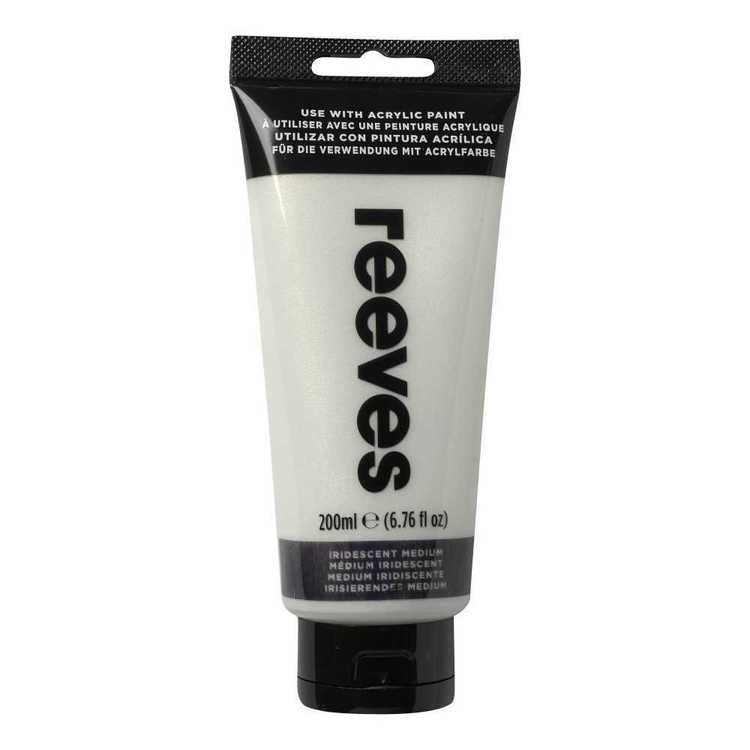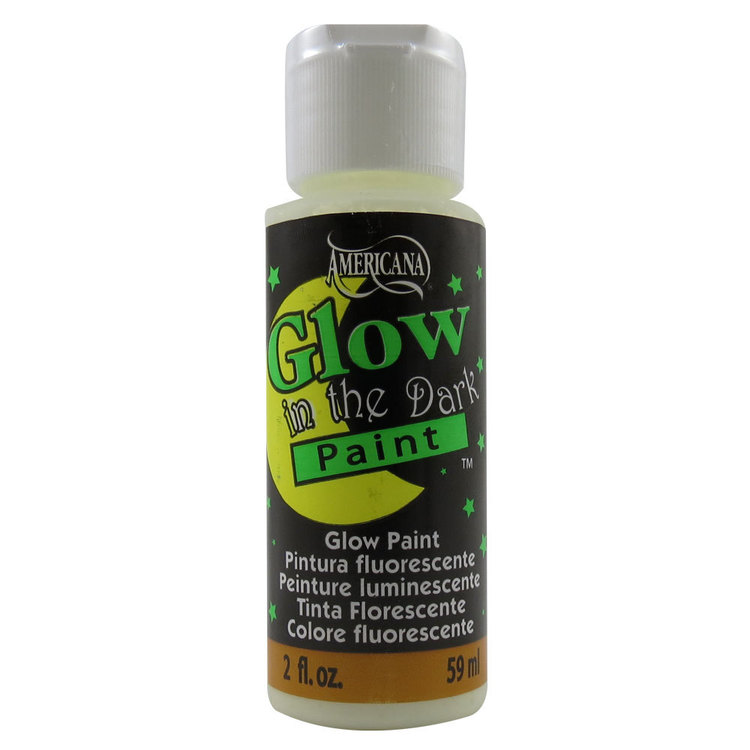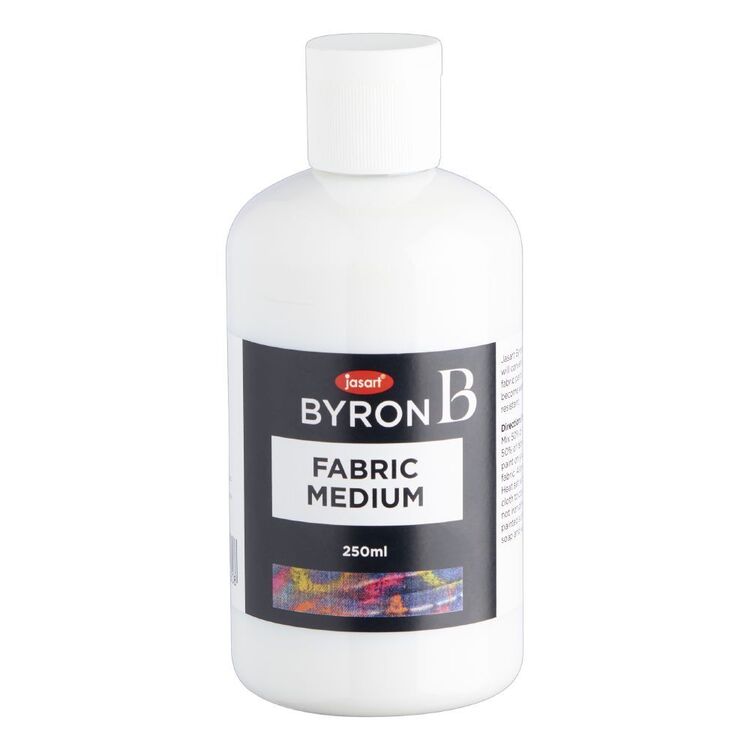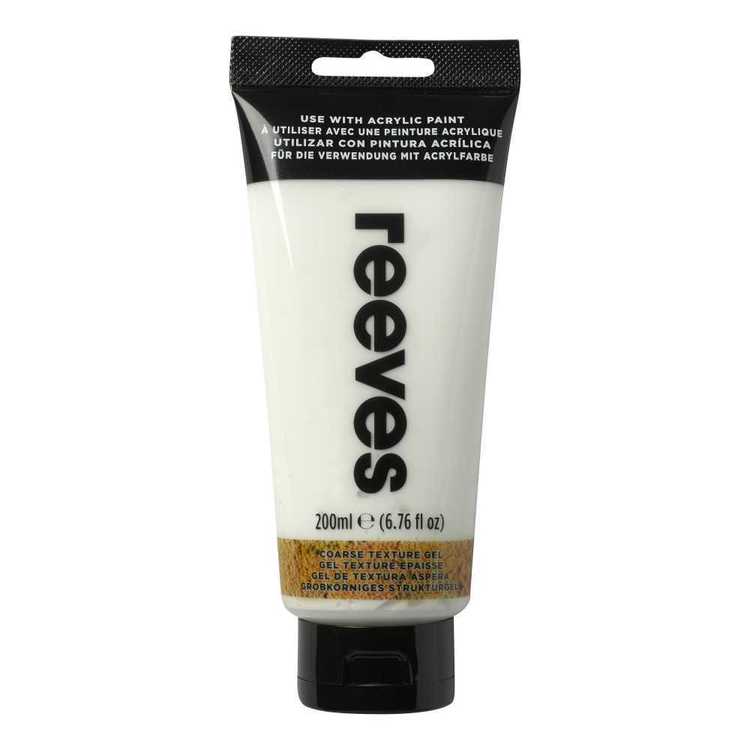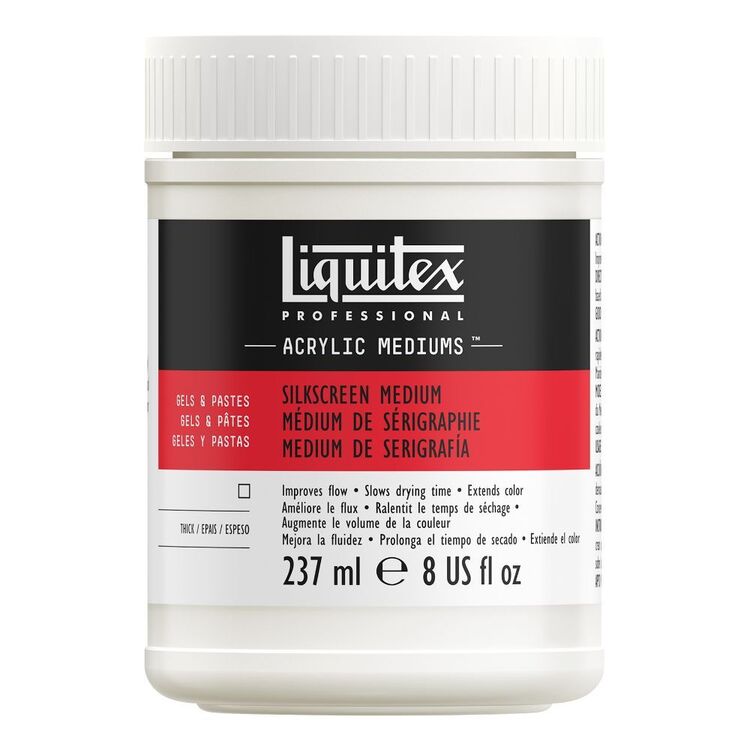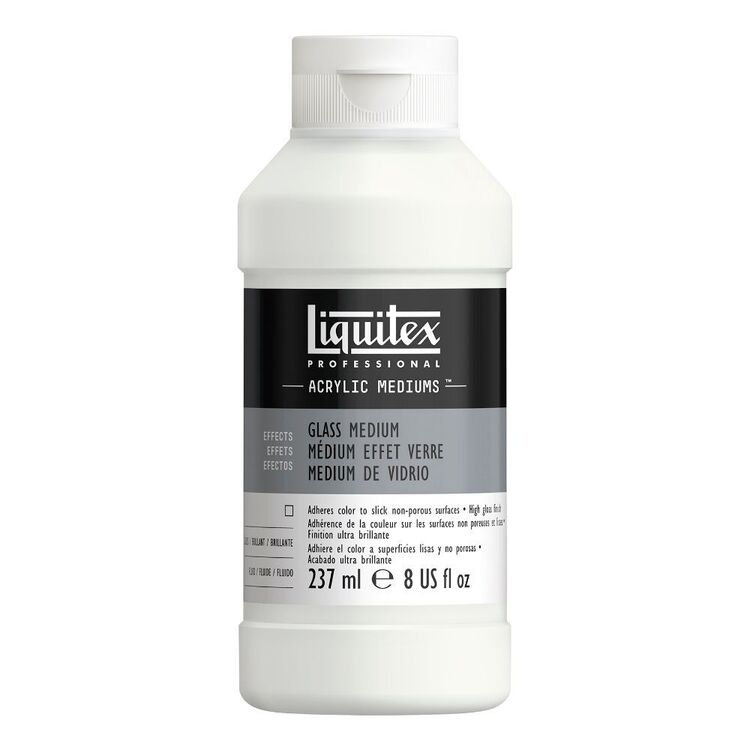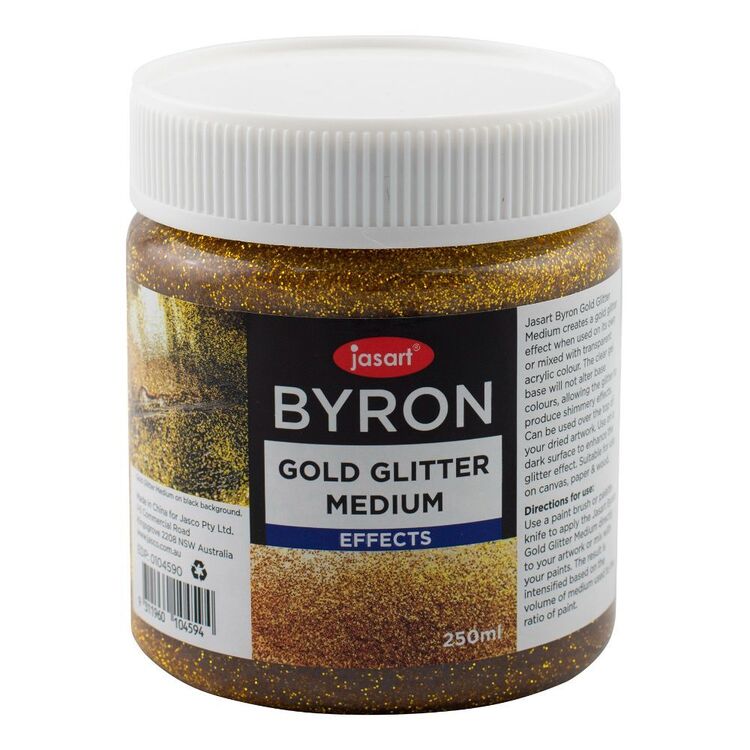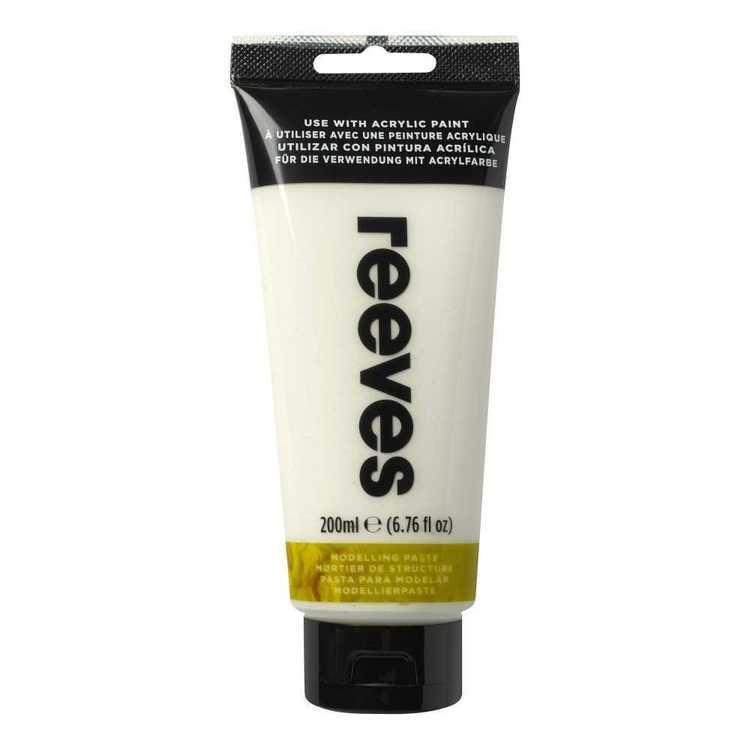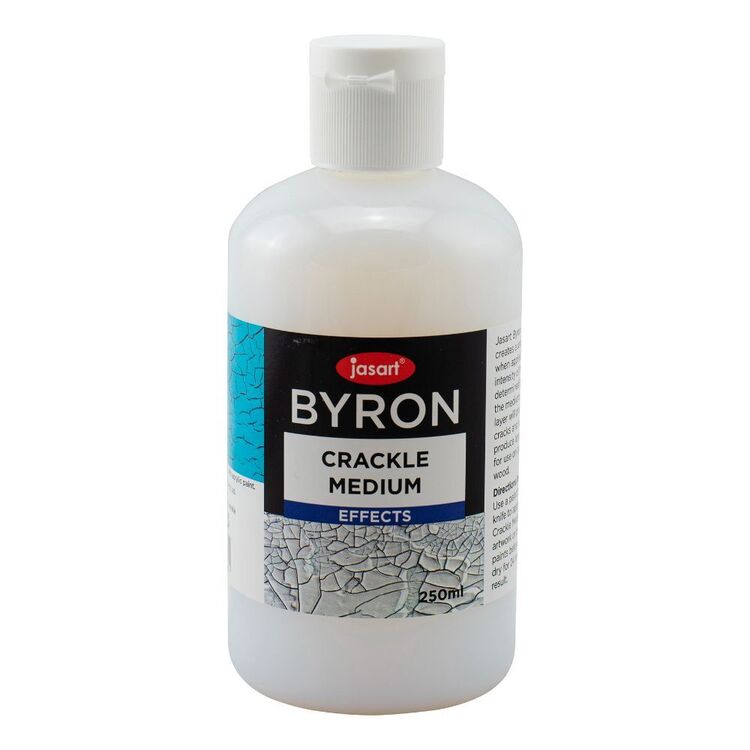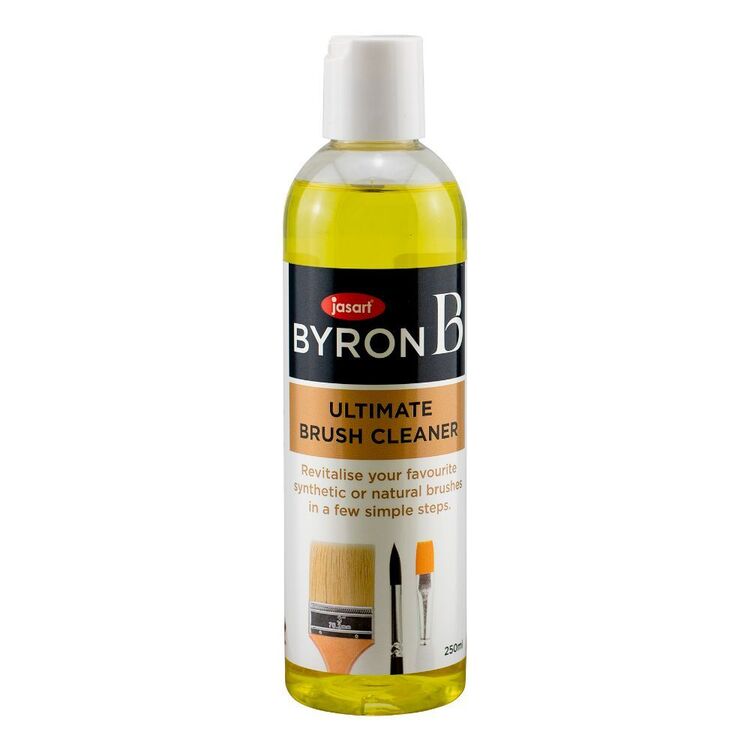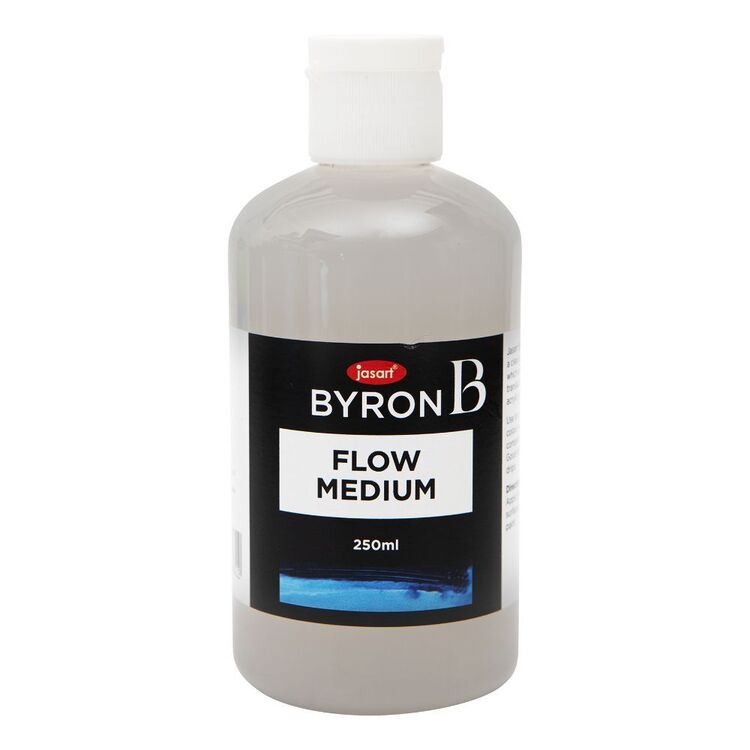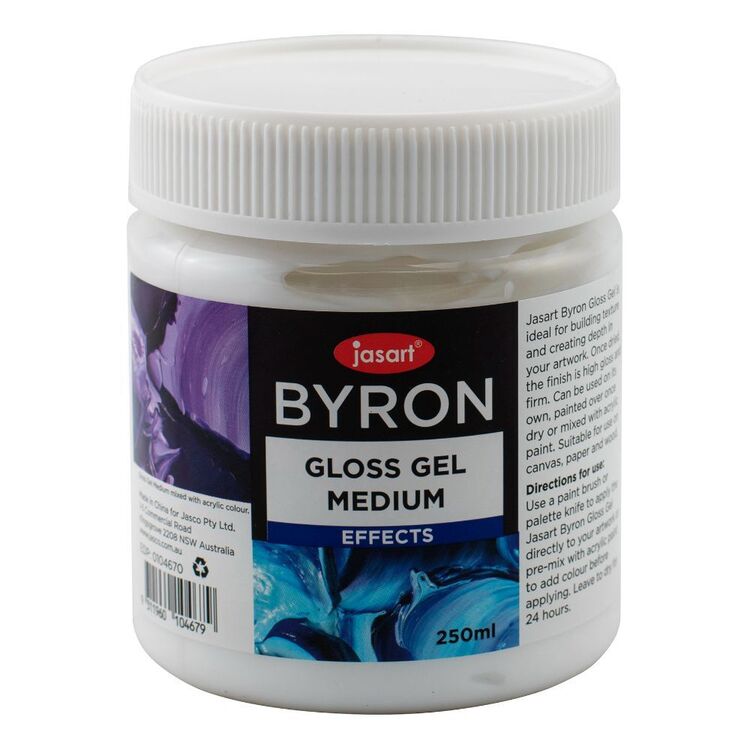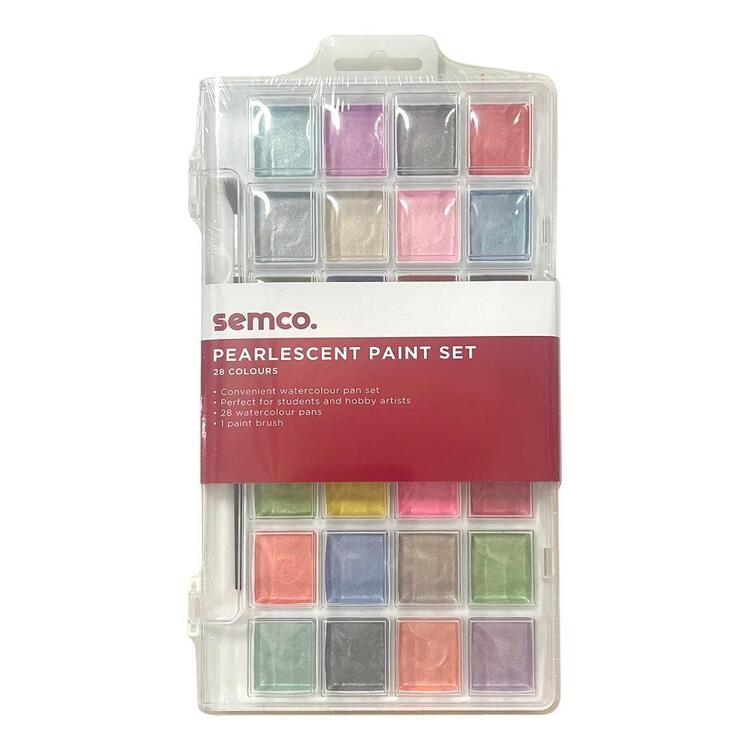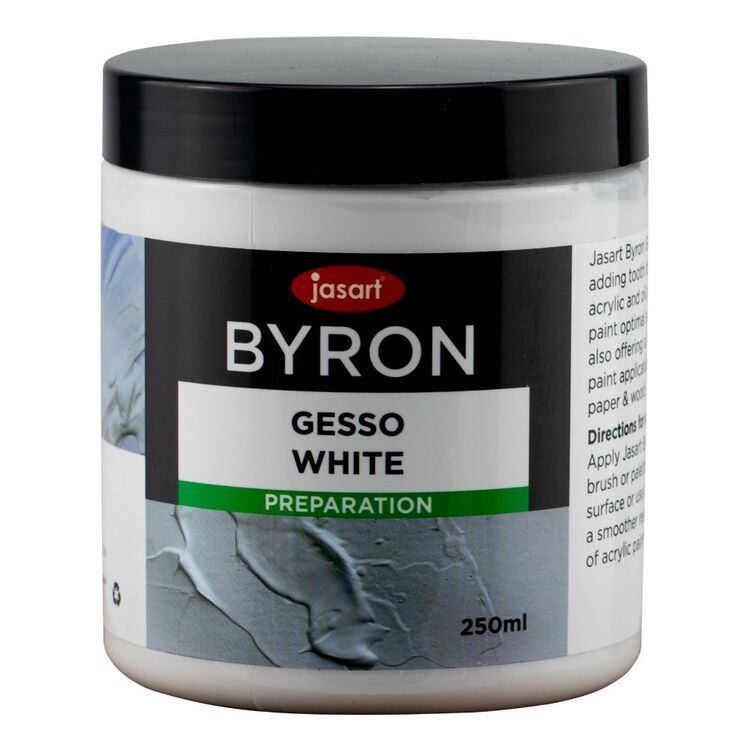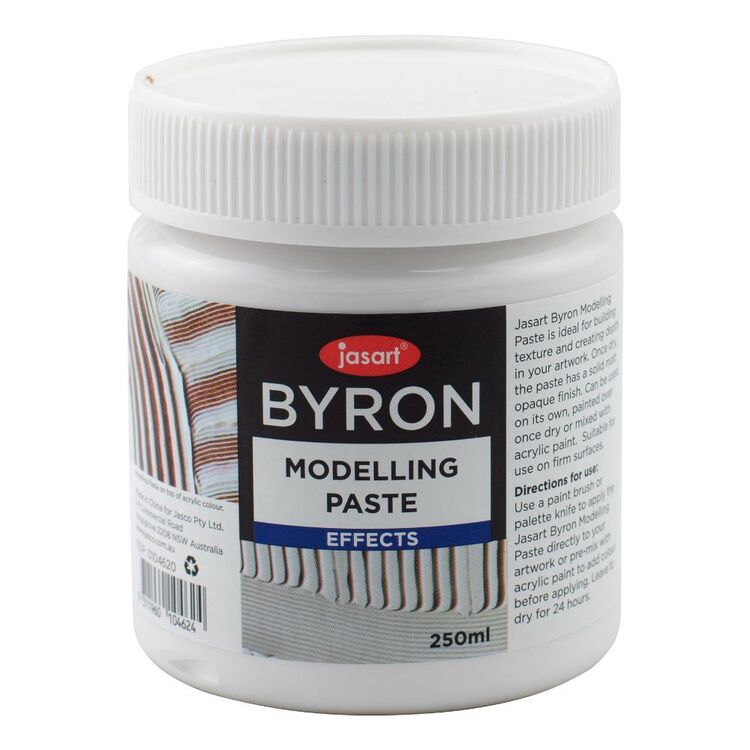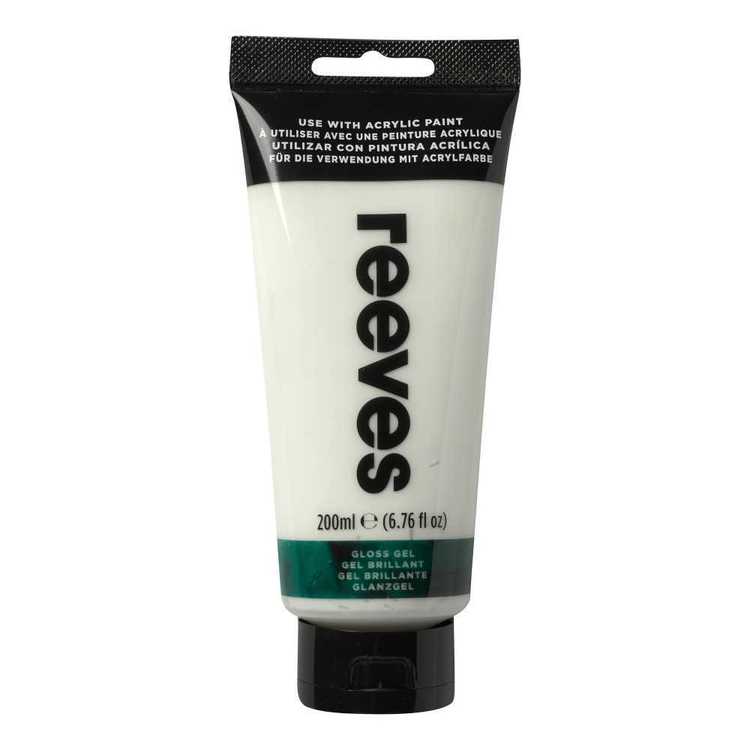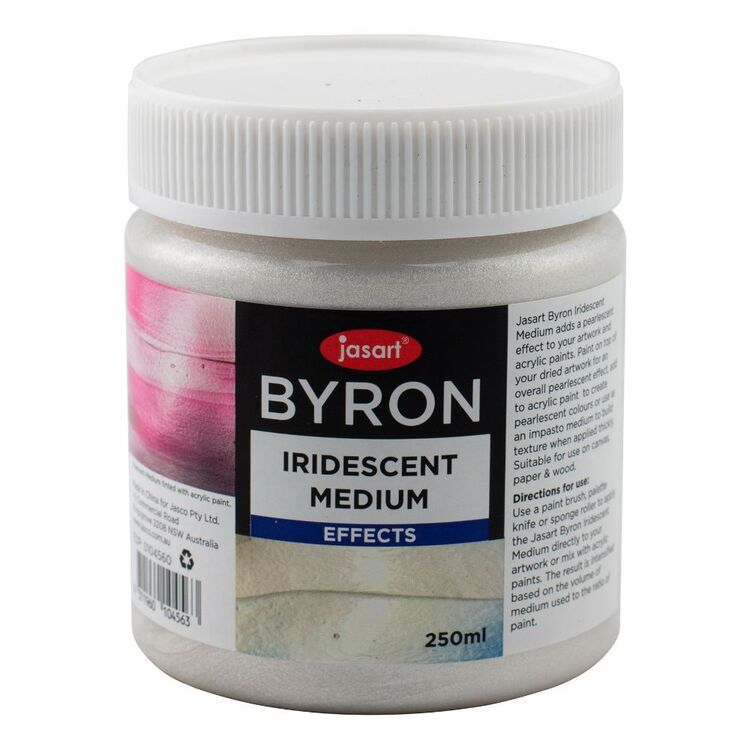 | ||
| Your browser is not supported. | ||
|
Please browse our site using any of the following options:
| ||
Mediums
Start your masterpiece with our collection of acrylic paint mediums, ranging from cracking to pouring mediums. Shop with Spotlight online or in-store.
29 items found.
Spotlight's Guide to Acrylic Paint Mediums
When you are just starting out with acrylics, you might be blissfully unaware of mediums at this time. However, mediums can create some wonderful effects on your masterpieces, so getting familiar with them is essential for your personal development as an artist. To help you master the mystery of paint mediums, we have created a useful guide listing all acrylic mediums below.
What Is a Gloss Medium?
The gloss medium is often used by artists to enhance the luminosity of their acrylic paints. However, this type of medium does have additional functions. In addition to adding sheen and luminosity, it can also make your paint thinner and a little more transparent.
What Is a Matte Medium?
Acrylic paints usually have some glossiness to them - this means that creating a non-reflective artwork is a little harder when you use acrylics. Still, there are some ways to work around the natural glossiness of acrylics, since a matte medium reduces the natural gloss and gives you that non-reflective finish you are looking for.
What Is a Glazing Medium?
The glazing medium is used by artist who want their acrylic paints to become more transparent - this is often needed to put a finishing glaze on artwork. When you choose a glazing medium, you must be aware that different types of glazing mediums are available - this includes the satin and the gloss sheens.
There are also glazing mediums that contain oils. While these glazing mediums might be suitable for artists who paint with oil paints, they are not suitable for acrylic artwork, since the two simply don't mix. Therefore, always double-check the glazing medium you obtain.
What Is a Gel Medium?
A gel medium is comparable to a white paste. It is designed to thicken acrylic paints, enabling artists to retain their brushstrokes for the implementation of impasto techniques. In addition to thickening acrylic paint, gel mediums also prove useful to enhance the adhesiveness of paint - this could be useful if you are creating some artwork that includes some collage work.
Like more types of mediums, the gel medium is available in various forms. The most common types your will find at your art supply store is gloss and matte, but gel mediums also come in different textures. It is important to familiarise yourself with those textures, since they could impact how your artwork comes out.
What Is Modelling Paste?
Modelling paste is quite comparable to most gel mediums, but it feels a lot thicker and harder. Its functionality is a little different too, since this type of paste is used to add a three-dimension effect to artwork. Once the paste dries, it can also be used for carving and even sanding.
What Is Texture Gel?
Artists who find it difficult to create the right texture with acrylic paint may find a good texture gel useful. A texture gel can mimic certain textures perfectly on the canvas - this includes effects such as sand, ceramic, and even glass.
Even though texture gel is not an essential for the budding artist, it can make artwork a lot more interesting when you become a little more proficient. So, once you want to take your artwork to the next level, a good texture gel should be on your shortlist.
What Is a Retarding Medium?
One of the most important mediums you will use as a painter who uses acrylics is a retarding medium, since this type of medium slows the drying process of acrylic paints. Since acrylics have a reputation of drying quickly, having a retarding medium to slow the entire process down certainly comes in handy!




